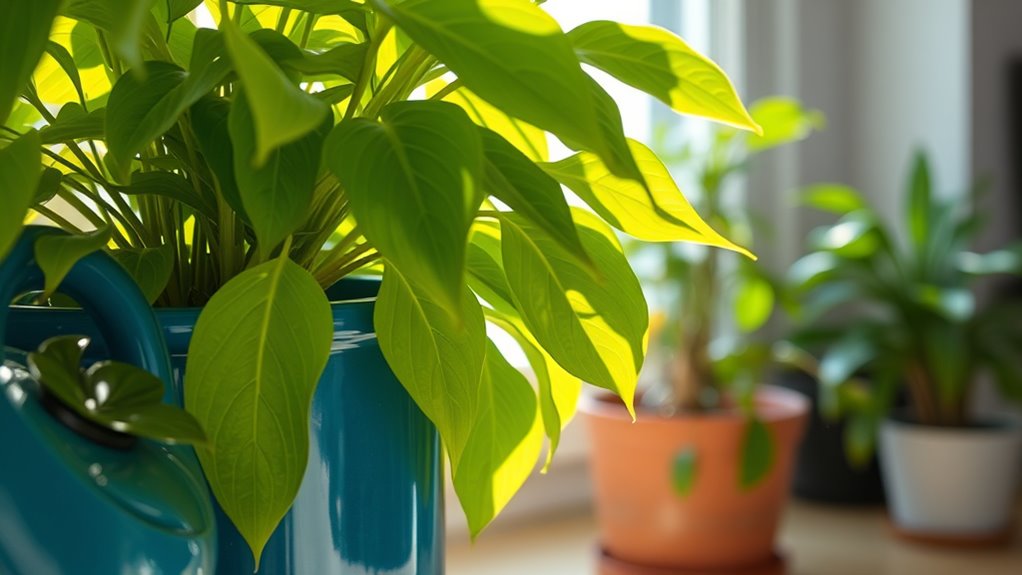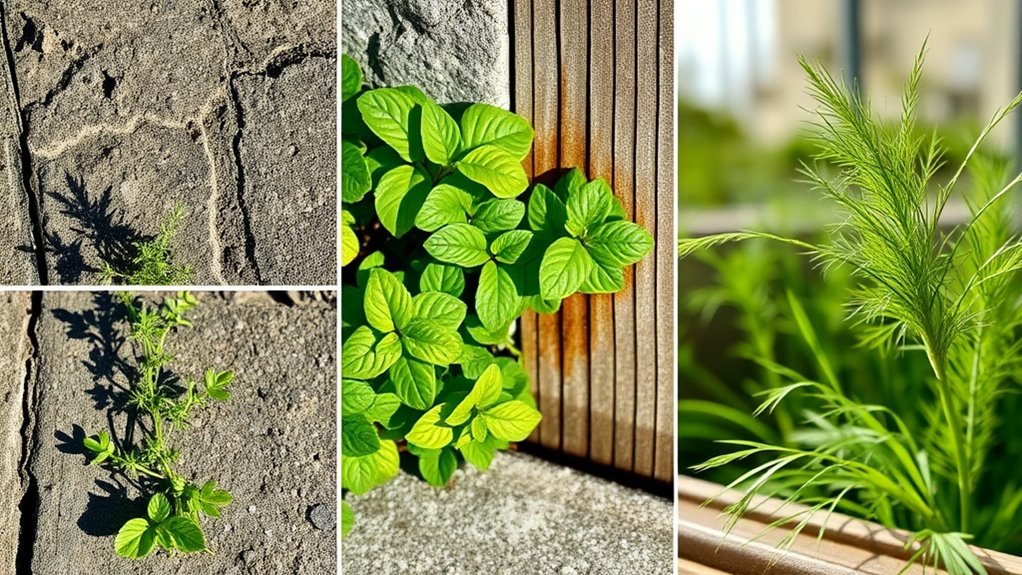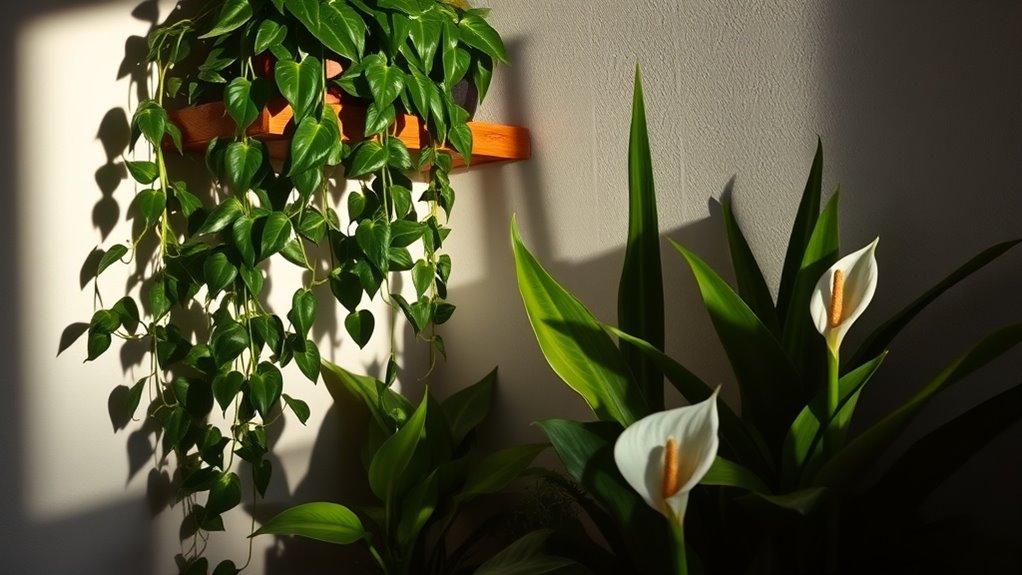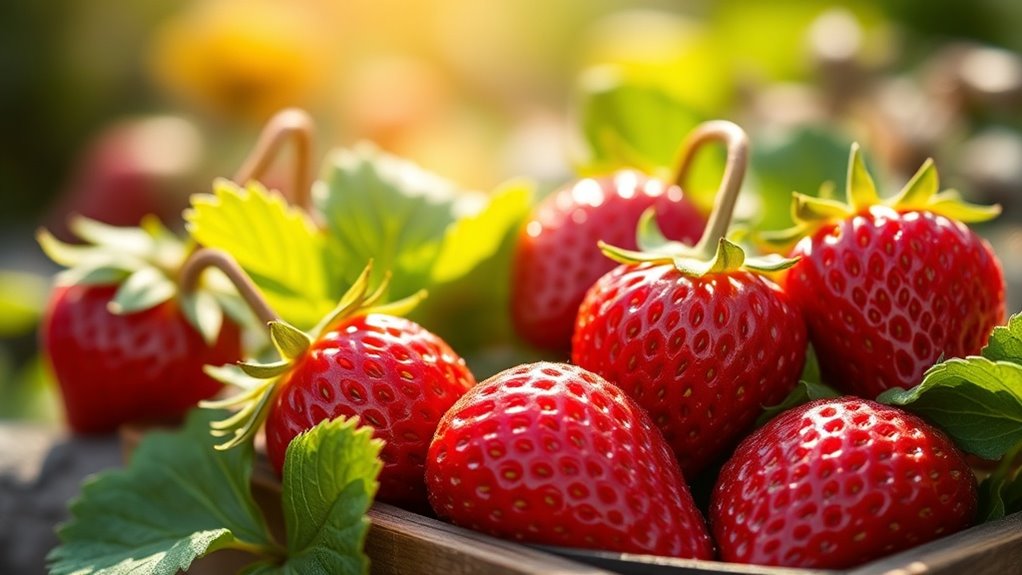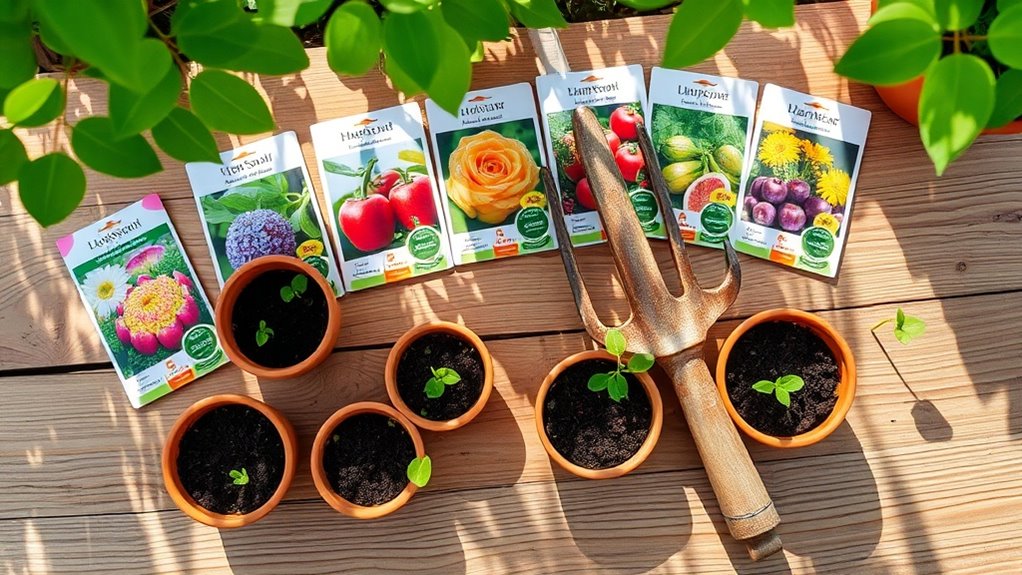The One Mistake That Keeps Killing Your Indoor Plants
If you’ve ever noticed your indoor plants struggling with yellowing leaves or wilting, you might be making a common mistake: overwatering. Many believe more water means healthier plants, but this can lead to dire consequences like root rot. To truly nurture your greenery, it’s essential to understand the signs of overwatering and how to assess soil moisture effectively. What steps can you take to ensure your plants thrive instead of decline?
Understanding the Signs of Overwatering
While you may think you’re giving your indoor plants the love they need by frequently watering them, overwatering can actually be detrimental.
Look for signs like yellowing leaves, wilting despite wet soil, or a root rot smell. These indoor plant mistakes often stem from poor watering habits. Remember that proper hydration is key to ensuring your plants thrive, not just survive. Adjust your approach to ensure your plants thrive, not just survive.
Assessing Soil Moisture Levels
How can you tell when your indoor plants really need water?
Start by sticking your finger about an inch into the soil. If it feels dry, it’s time to water.
Additionally, you can use a moisture meter for accuracy. Regularly checking for signs of overwatering plants can help you adjust your watering routine accordingly.
Regularly check the soil’s moisture levels to create a watering schedule, ensuring your plants stay healthy and thrive without the risk of over-or underwatering.
Choosing the Right Pot and Drainage
After ensuring your plants receive the right amount of moisture, choosing the right pot and ensuring proper drainage become critical steps in their care.
Select pots with drainage holes to prevent root rot, and consider materials like terracotta, which allow for moisture balance.
Make sure the pot size fits your plant’s root system, promoting healthy growth and preventing overcrowding. Additionally, remember that some easy indoor plants are particularly tolerant of less-than-ideal conditions, making them great choices for forgetful plant owners.
Developing a Watering Schedule
To keep your indoor plants thriving, developing a consistent watering schedule is essential.
Start by assessing each plant’s specific needs, as factors like light and humidity affect watering frequency. Use a calendar or app to remind yourself when to water.
Check the soil moisture before watering; it’s better to underwater than overwater. Optimal growth can be achieved by adjusting your schedule as seasons change for optimal growth.
Healthy Practices for Indoor Plant Care
While proper watering is crucial, establishing a holistic approach to indoor plant care ensures your green friends flourish.
Consider these practices to keep your plants healthy:
- Ensure adequate light for each plant’s needs
- Use well-draining soil to prevent root rot
- Fertilize during growing seasons
- Maintain optimal humidity and temperature
- Regularly inspect for pests and diseases
Additionally, understanding common reasons why plants may struggle can help you adapt your care to better meet their needs.
Implementing these strategies will enhance your indoor gardening experience.

